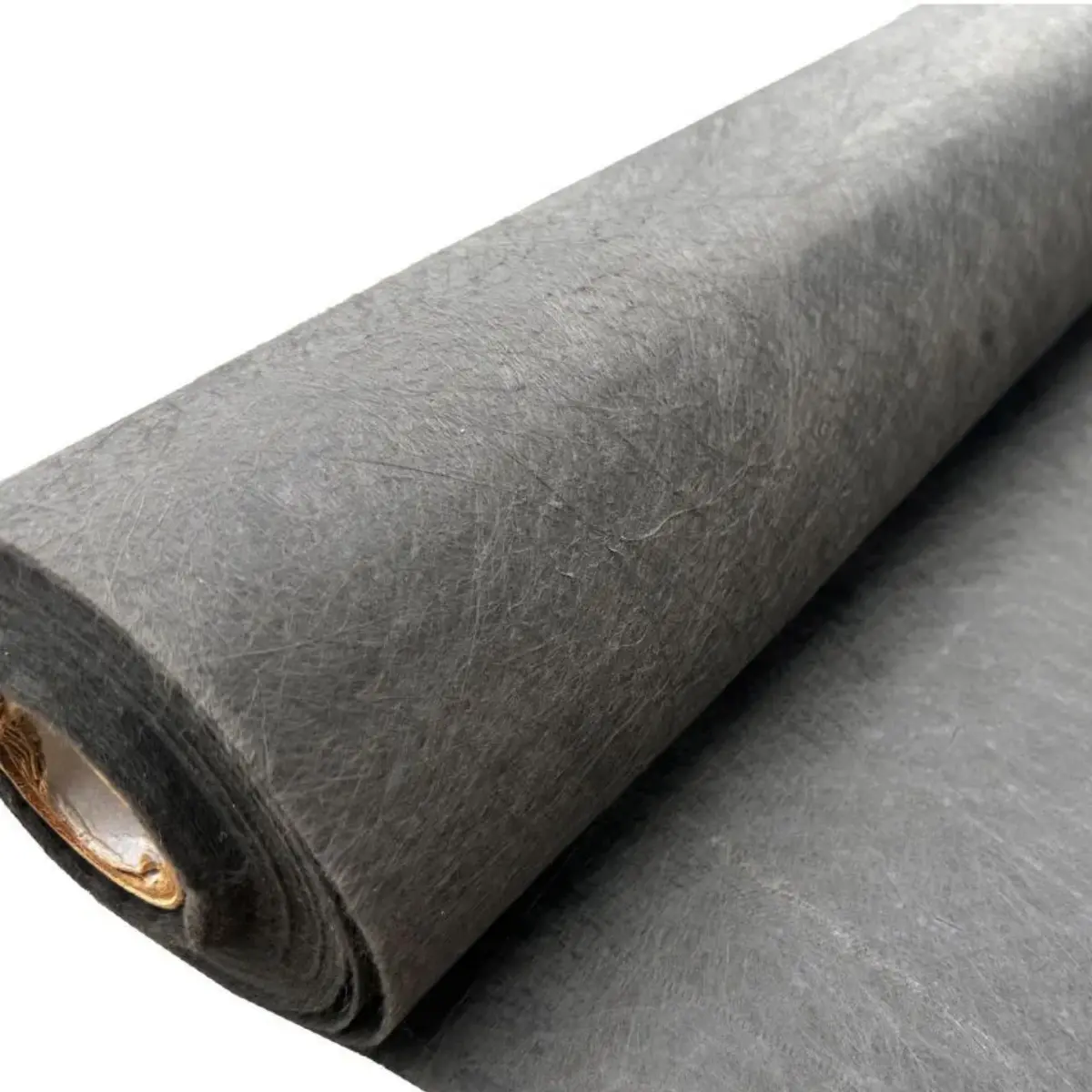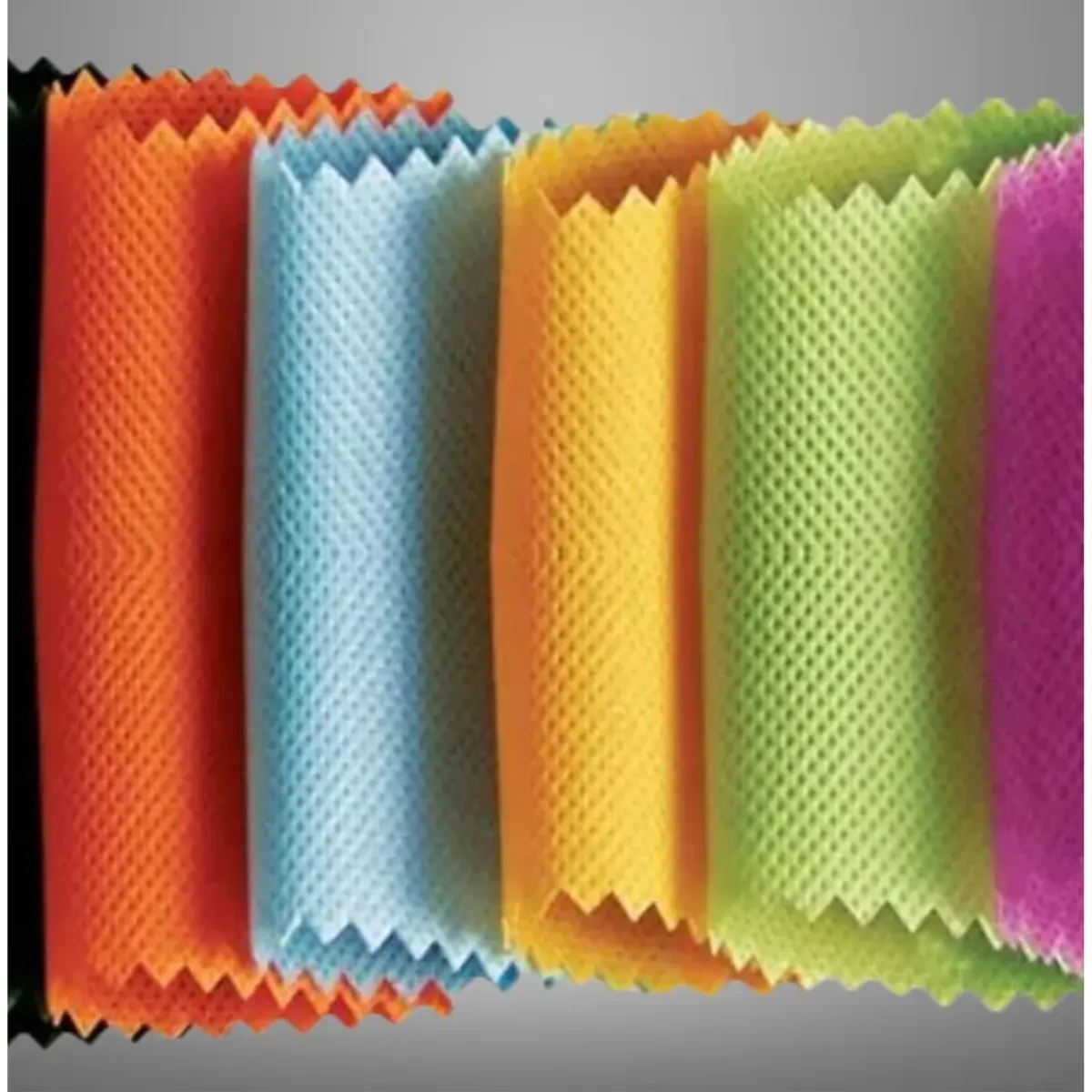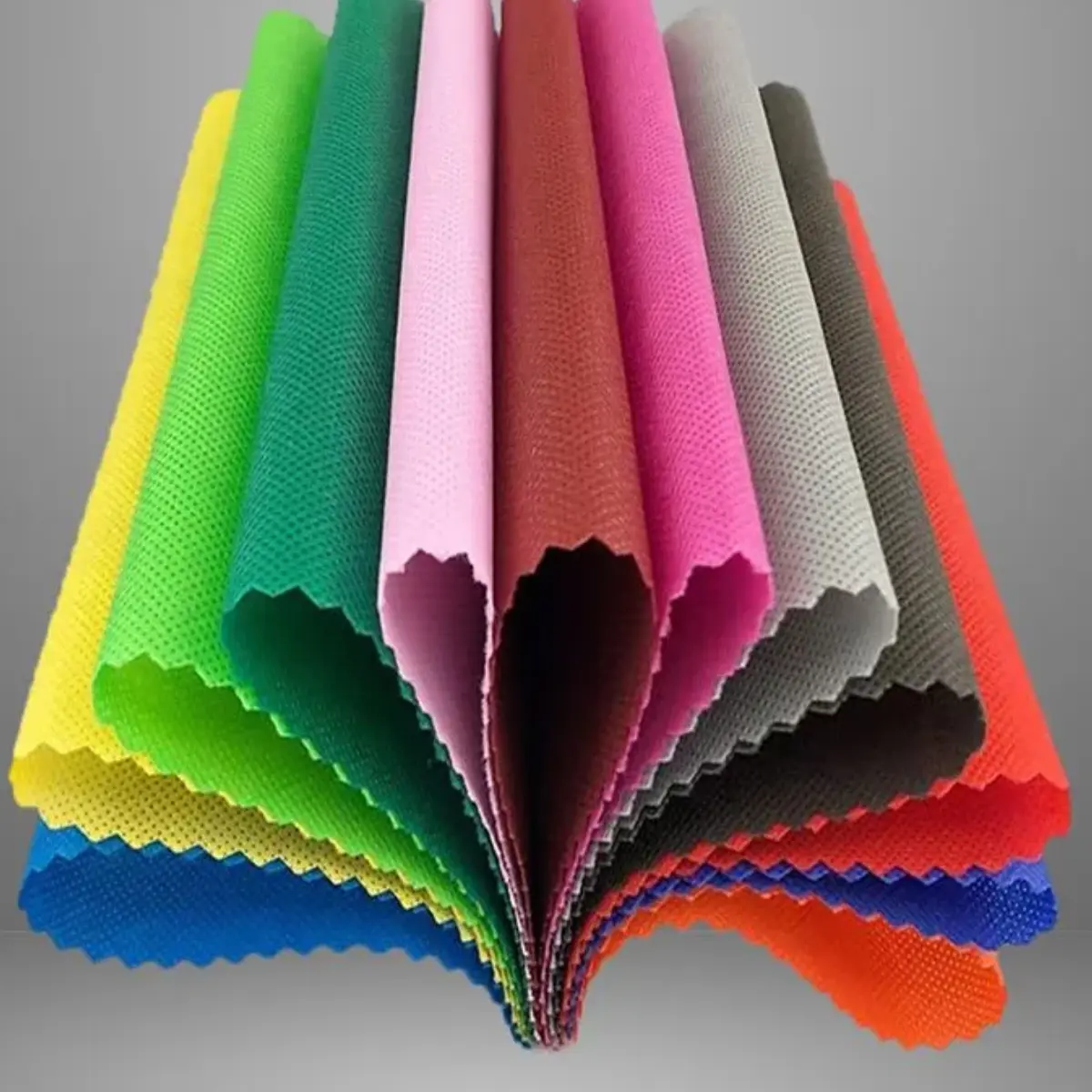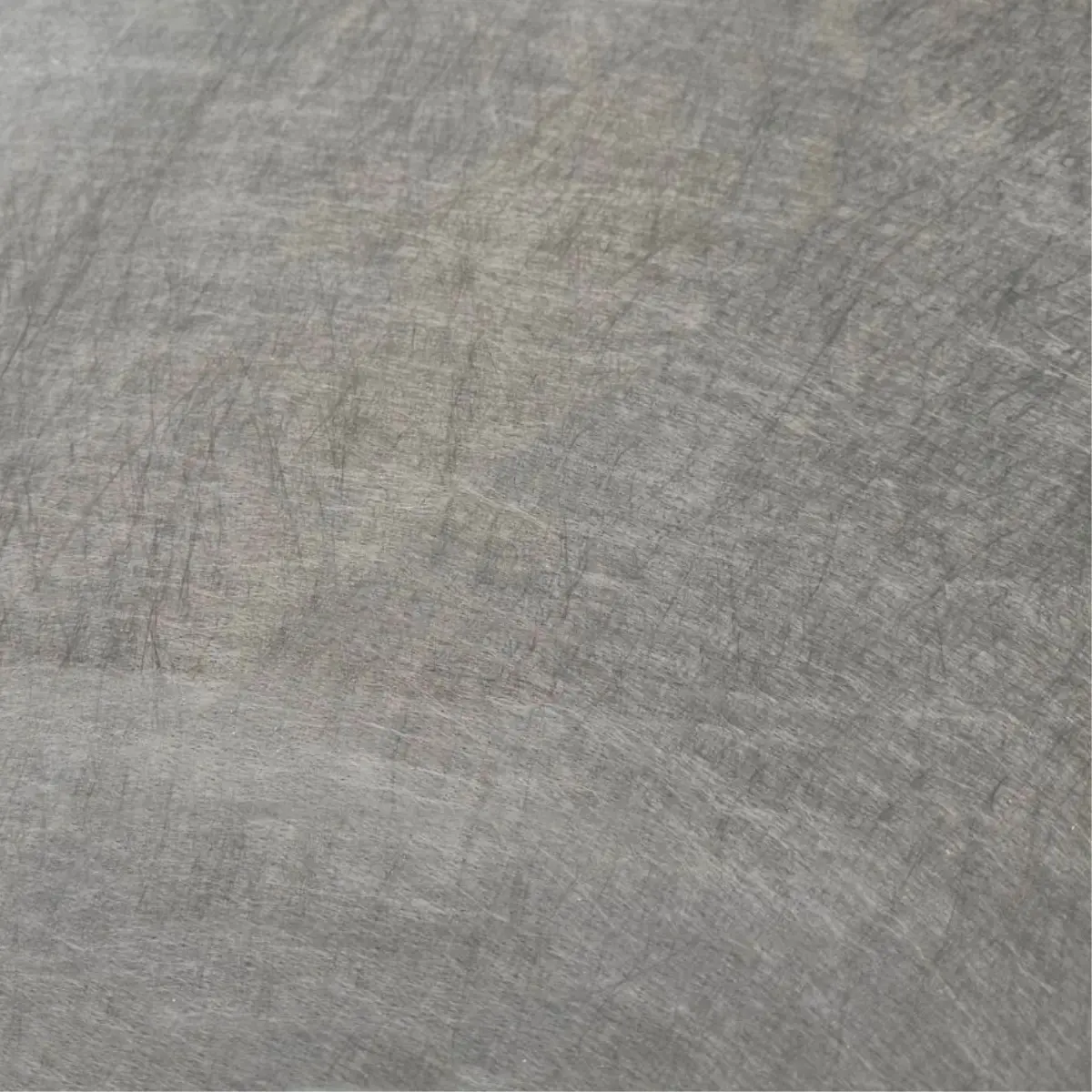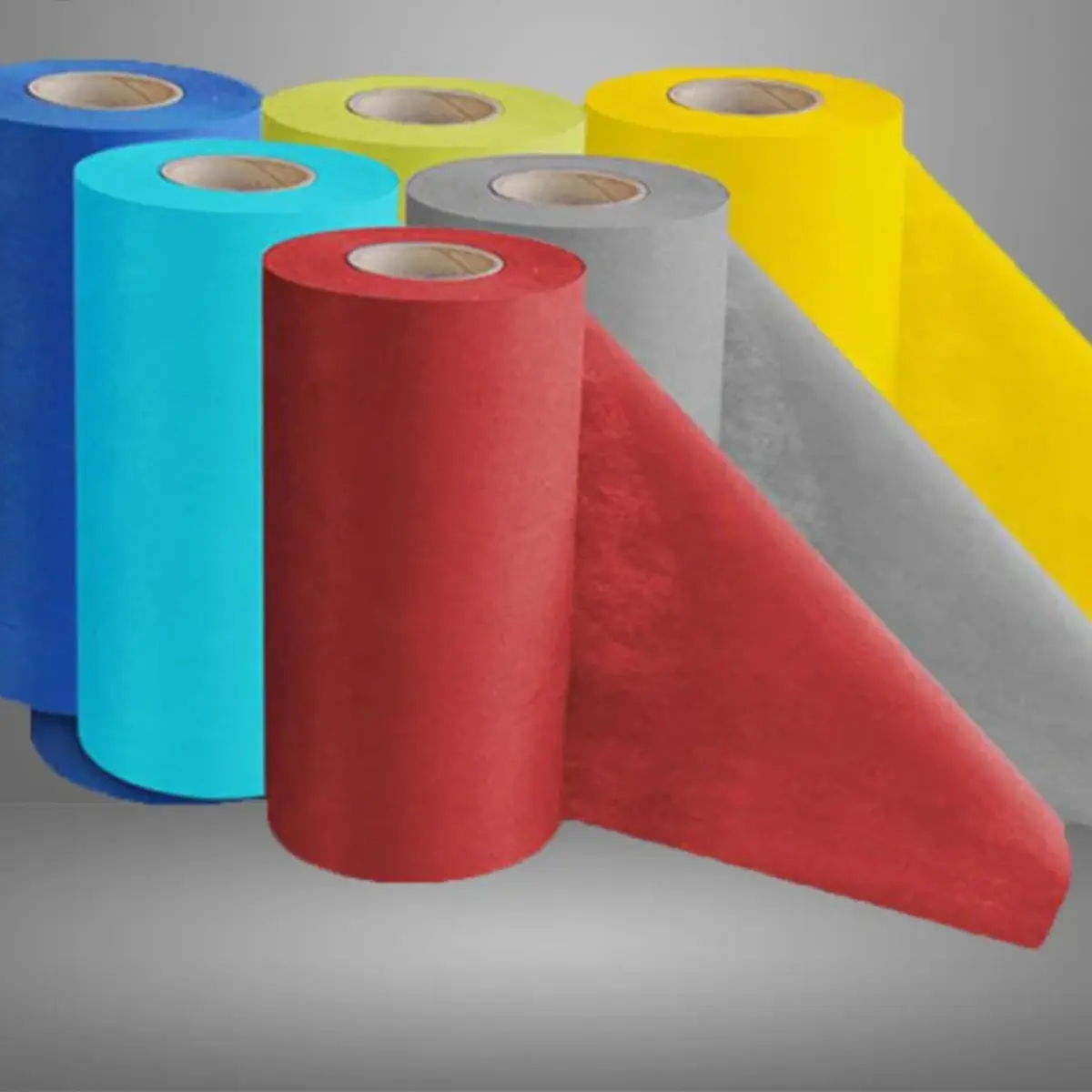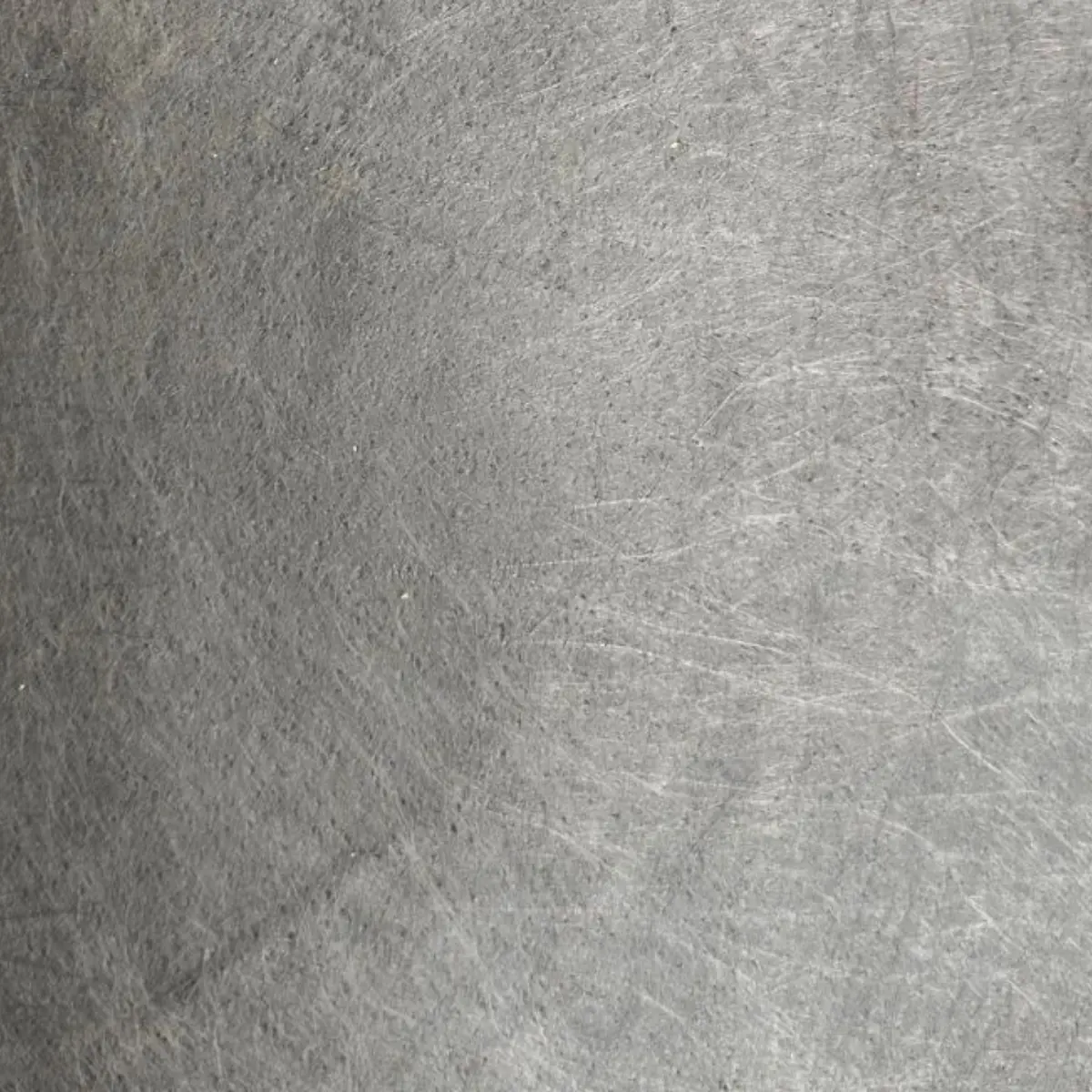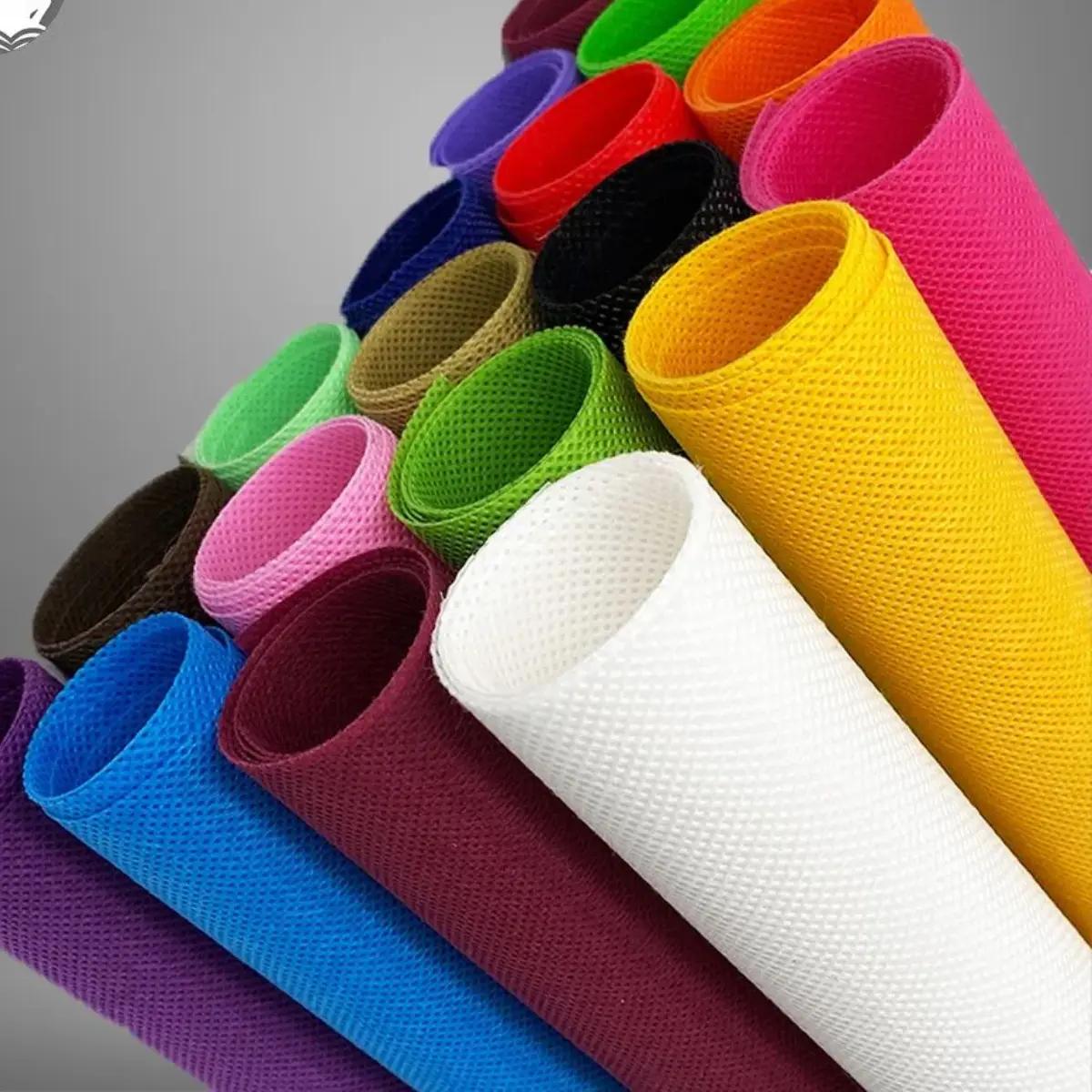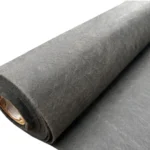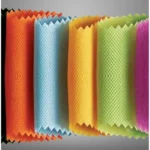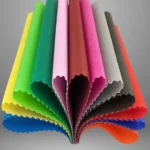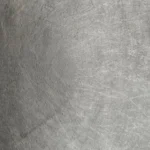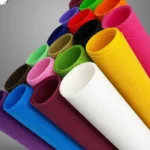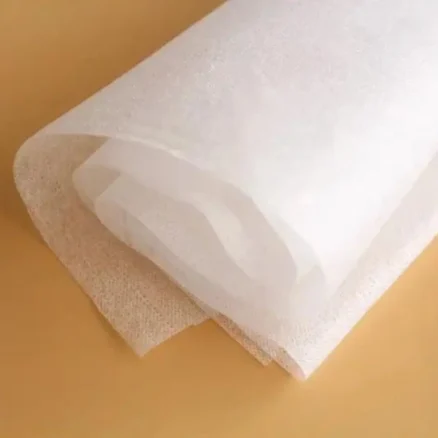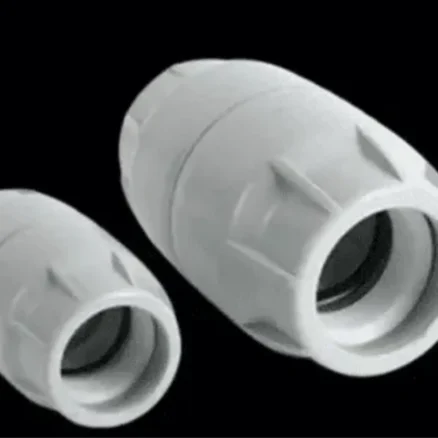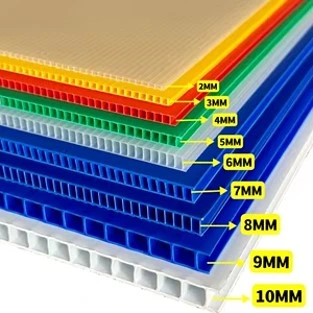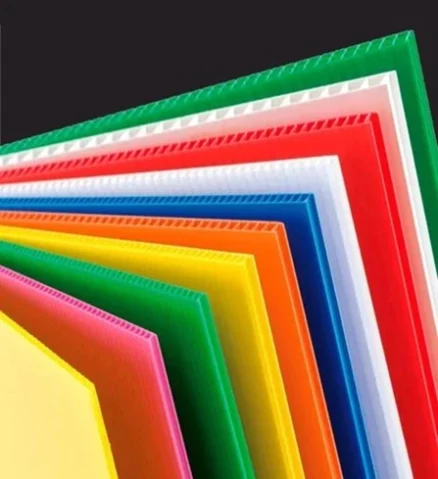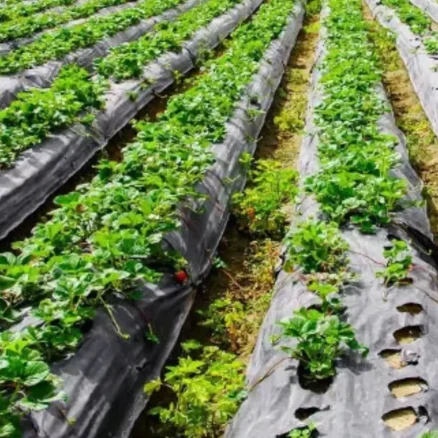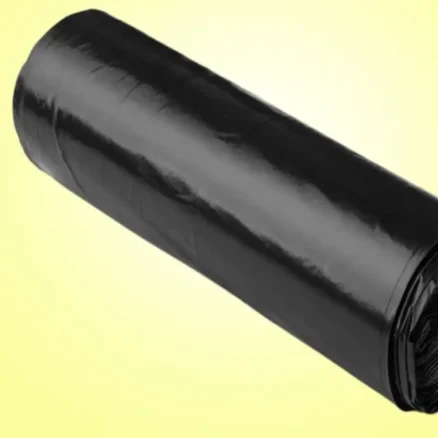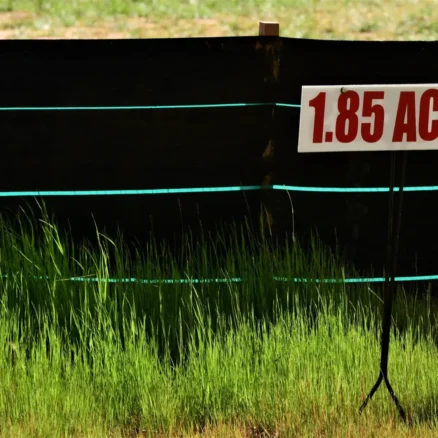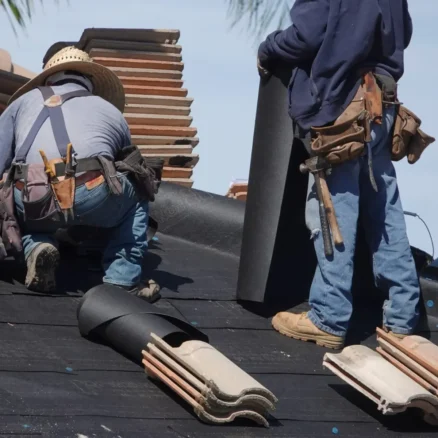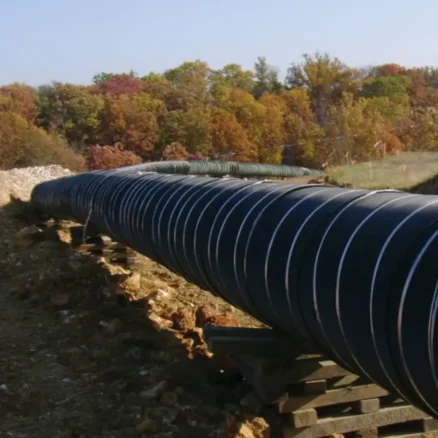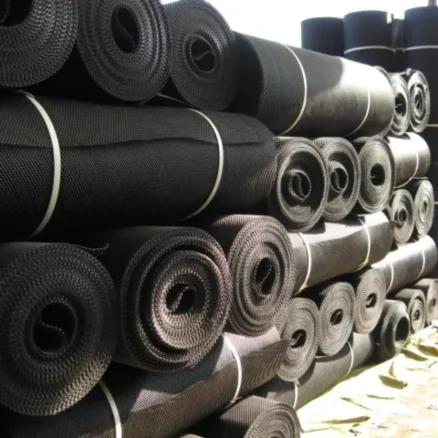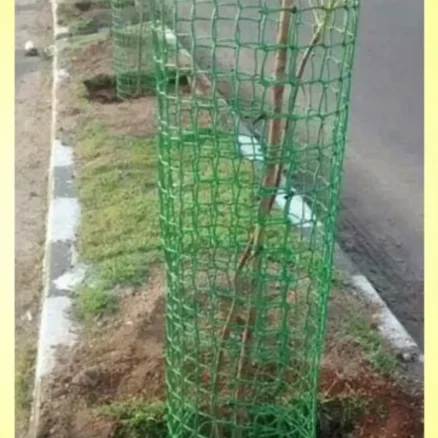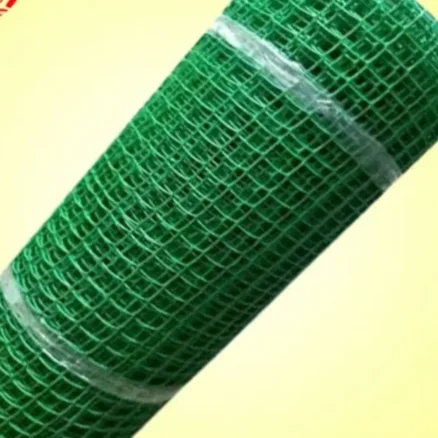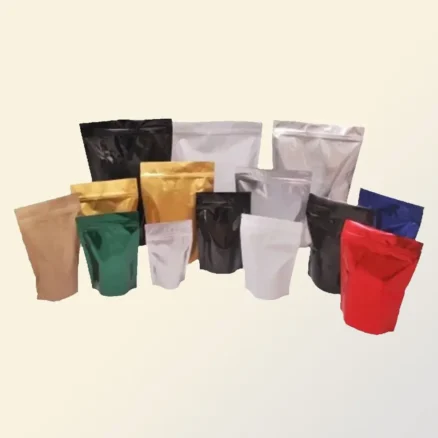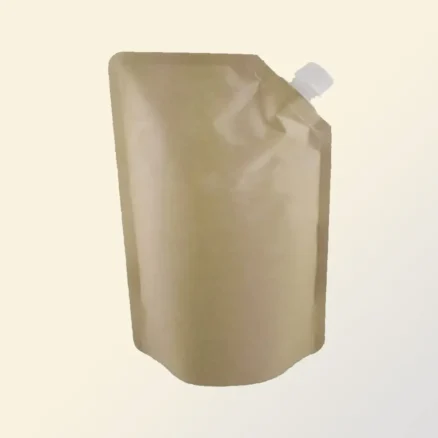PP Spunbond Nonwoven Fabric
Polypropylene spun-bond non woven fabric is a type of non woven material made from polypropylene (PP) fibres. It is produced using a process called spun-bond technology, which involves extruding molten polymer through fine nozzles to create continuous filaments that are then laid down in a random pattern onto a moving conveyor belt. The resulting web of fibres is then bonded together using heat, pressure, or chemicals, without the use of weaving or knitting.
Polypropylene spun-bond non woven fabric is made of 100% polypropylene fibre, which is extruded and spun to form a web of randomly-oriented, continuous filaments. The web is then subjected to a thermal bonding process to create a non woven fabric.
Polypropylene spun-bond non woven fabric is a kind of non woven fabric created from polypropylene (PP) yarns. It is created utilizing a procedure which is named the spun-bond procedure, which pertains to extruding molten polymer through fine nozzles to develop endless filaments that are then laid down in a random design onto a moving conveyor belt. The resulting web of yarns is then connected utilizing heat, pressure, or chemicals, without the usage of intertwining or knitting.
When you want to buy this type of bag then always want the best LS Trading is the best and famous player in this field. They also distribute their products outside India and in United States, United Kingdom, Australia, Canada and United Arab Emirates.
Polypropylene Spunbond non-woven fabric is typically made from polypropylene, a type of plastic that is not biodegradable. However, we do manufacturers use biodegradable materials, such as polylactic acid (PLA), to make PP spunbond non-woven fabric supplier.
In general, spunbond non-woven fabric made from polypropylene is not biodegradable and can take hundreds of years to break down in the environment. However, it is recyclable in some cases. On the other hand, PP spunbond nonwoven fabric made from biodegradable materials such as PLA can break down more quickly in the environment. However, it is important to note that biodegradable materials require specific conditions, such as high temperatures and microbial activity, to break down properly.
Features:
- High Strength: It has high tensile strength, tear strength and bursting strength, making it suitable for heavy-duty applications.
- Breathable: The fabric has excellent air permeability, making it breathable and comfortable to wear.
- Water-resistant: It has good water resistance, making it suitable for use in products that are exposed to moisture.
- Chemical-resistant: The fabric is resistant to a wide range of chemicals, making it suitable for use in harsh environments.
- Anti-static: It has anti-static properties, making it suitable for use in electronic and other industries where static electricity is a concern.
- Easy to clean: The fabric is easy to clean and maintain, which makes it suitable for use in products that require frequent washing.
Advantages:
- Lightweight: It is very lightweight, making it easy to handle and transport.
- Softness: This type of fabric is also very soft and comfortable to wear, making it ideal for use in clothing and bedding.
- Cost-effective: It is an affordable alternative to traditional woven fabrics, making it an attractive option for manufacturers looking to reduce costs while maintaining quality.
- Recyclable: The fabric is recyclable, making it an environmentally friendly option.
- Non-toxic: The fabric is non-toxic, making it safe for use in medical and other sensitive applications.
- Medical industry: PP spunbond nonwoven fabric is widely used in the medical industry for manufacturing surgical masks, disposable gowns, drapes, and medical packaging materials.
- Agriculture: It is used for crop protection, greenhouse covering, and soil erosion control. It provides excellent UV resistance and has high water permeability.
- Filtration: It is used in the manufacturing of air and liquid filters. It has excellent filtration properties and can trap fine particles.
- Automotive industry: It is used in the manufacturing of car upholstery, trunk liners, and interior trim.
- Construction industry: It is used for insulation, roofing, and soundproofing.
- Packaging industry: It is used for making reusable bags, packaging materials, and protective covers.
- Home textiles: It is used for making curtains, bed linens, and upholstery.
- Basis weight: This refers to the weight of the fabric per unit area, typically measured in grams per square meter (gsm). The basis weight of polypropylene spunbond nonwoven fabric can range from 10 gsm to over 150 gsm, depending on the application.
- Width: Polypropylene spunbond nonwoven fabric can be produced in various widths, ranging from a few centimeters to several meters wide, depending on the manufacturing process.
- Color: The fabric can be produced in a variety of colors, including white, black, and a range of other colors.
- Tensile strength: This refers to the ability of the fabric to withstand pulling forces. The tensile strength of polypropylene spunbond nonwoven fabric can range from 10 N/5 cm to over 200 N/5 cm, depending on the basis weight and manufacturing process.
- Elongation: This refers to the ability of the fabric to stretch before breaking. The elongation of polypropylene spunbond nonwoven fabric can range from 50% to over 300%, depending on the basis weight and manufacturing process.
- Melt flow rate (MFR): This refers to the rate at which molten polypropylene flows through a capillary under.
Related products
PP Flute Board
- Lightweight and easy to handle: Simplifies transportation and installation.
- High impact strength and durability: Ensures longevity and resistance to damage.
- Water and chemical resistance: Ideal for demanding environments.
- Recyclable and eco-friendly: Supports sustainable practices.
- Excellent printability: Perfect for high-quality signage and advertising.
- Thickness: Ranging from 2mm to 10mm to suit various requirements.
- Sizes: Fully customizable to meet specific project dimensions.
- Colors: A wide range of colors available upon request to match branding or aesthetic needs.
Ground Covers
- Very effective in blocking weeds and soil erosion
- Due to its water-absorbent quality, it allows the soil to breathe.
- Prevents soil/land washout due to rainfall
- Used for 100% chemical-free weed control
- Having high tensile strength
- Highly durable
- Tough and tear-resistant
- Highly resistant to UV & chemicals and mildew
- Provides cost-effective covering
- Long-lasting and optimum quality
- Lightweight
- Easy to maintain and clean
- Our manufactured woven Ground Covers are sturdy and durable, having a life expectancy of 5+ years.
- Our ground covers are available in square marking lines, and stripes, which can be customized per the customer’s requirement.
- Our manufactured fabric is treated with UV stabilizers that provide a longer life to the end product.
- Our Ground Covers have specific green lines over the fabric, making overlapping easier.
- 100% chemical-free weed control
- Prevents/blocks weed growth
- Time saver in maintaining flower beds
- It has many Beautifies the landscape as the plants can be planted in straight parallel lines for neat and clean landscaping in nurseries and farms.
- Our Ground Covers are UV stabilized and can be used multiple times.
- Having good resistance to mildew, bacteria, and other ground/soil insects
- Possess long-term durability
- It prevents soil and land erosion to an extent.
- Good in regulating temperature in all weather conditions
- Stabilizes land and soil to an extent
- It can be reused over many seasons.
Silt Fence
- Makes a physical boundary around the site
- UV stable dark fence texture
- Logo printing accessible
- Keep mud off roads and neighboring property
- Straightforward plan and straightforward establishment
- Ensure streams
- Holds silt on the place of work
- Channels overflow before leaving the site
- Assists with forestalling disintegration
- Accessible with or without stakes
- Preassembled fence with presents joined on texture
- Marker line on texture shows anchor profundity
- Forestall exorbitant place of work materials from depleting off
- Keep streets and streams liberated from contamination
- Light to medium quality woven textures
- Steel backing is likewise accessible for improved execution
- Endorsed for DOT use in numerous states
- Shield residue from leaving building locales
Roofing Underlayment
- Asphalt-saturated felt is described as felt paper and is made from organic; hence it is called an organic underlayment. It is generally applied throughout the roof deck and is recommended considering local weather conditions. It is used in residential and steep slope applications as it is water resistant and not waterproof.
- Rubberized Asphalt is a bit costly compared to the other two underlayments, as it has a good amount of asphalt and rubber polymers to build it waterproof and is more suitable in regions where it is severe winter. Such underlayment is used at Eaves, Valleys, and surfaces with low slope roofs.
- Finally, the most demandable roofing underlayment is roofing underlayment suppliers, also called non-bitumen synthetic underlayment. Synthetic roofing underlayment gives the roof an additional surface of safety that is not possible solely with shingles. It is lightweight and thin compared to asphalt felts. Moreover, the installation process is also very easy. It is a tough, durable, and high strength, designed in such a way that it prevents skidding and improves walkability during installation due to its unique textured fabric. It is resistant to moisture, UV damage, tears, leaks, and fungal growth and is wrinkle-free even when exposed to the elements. It is available in longer and wider rolls; hence it gets fewer trips up the ladder due to fewer rolls.
Our professional and highly experienced quality testing team always ensures that the Roofing Underlayment Exporters, keeping in mind strict measures of quality standards. To maintain the highest quality of the Roof Underlayment and provide the best service to our customers.
Features:- Stop water infiltration
- Extended UV Exposure
- Capture less heat
- Good resistance to water and vapor
- Tear and puncture resistance
- Slip resistance walking surface
- ISO authorized
- Tough and Durable Material
- Extreme weather protection
- Prevent from skidding during installation
- High temperature tolerance
- Water and fire resistant
- Wrinkle-free when exposed to the elements
- Simple and Quick Installation
- It won’t absorb water
- Increase job site productivity due to lighter rolls
- Does not require extra equipment
- Better leak protection
- More flexible in the cold
- Clean and easier to handle
- Enhance walkability and the life of roof due to unique textured fabric
- More coverage per roll
Rockshield Mesh
- Apertures allow water flow
- Wear Resistance
- Corrosion Resistance
- Impact Resistance
- Tear Strength
- Elongation
- Tensile Strength
- Chemically inert
- Restrict geologic movements from damaging pipeline
- Minimizes impact and penetration damage
- Absorbs impact of uneven rock backfill
- Flexible event at sub-zero temperature
- Protects pipe coating from rock backfill
- Reduces abrasion of coating from pipe movement underground
- Protects pipeline during excavations
- Not influence by utmost temperature or wet weather
- Cushions against concrete weights
- Cuts with a utility knife
- Ample weight, thickness and strength protects pipeline
- No mechanical damage during backfilling operations
- Resistance to destructive forces
- Cost-effective alternative to sand collar
- Lightweight, flexible and easy to handle
- Minimizes pipeline coating damage which can cause corrosion
- Easy to install
- Provides pipeline & coating protection at affordable rate
- Maintains effectiveness of cathodic protection
- It will not Rot
- Protects pipe during loading, unloading & transportation
Plastic Tree Guard
- UV protection.
- Protection from animals and bugs.
- Protection from wind damage.
- Protection from trampling/physical damage.
- Weed control.
- Made from recycled plastic
- Creates an ideal microclimate for young plant growth
- UV stabilized
- Scientifically proven to produce the best plant growth results
- Economical and cost-effective for large plantings
- Protects against spray drift and small animals
- Reusable for multiple planting seasons
- Common Sources of Tree Trunk Injury
- Rabbits and mice (like mice)
- Sun in the winter (sunscald, trunk splitting, etc.)
Spout Pouch
| Products Details | Classification |
|---|---|
| Bag Style | Stand Up, Flat Bottom, Side Gusset, Shaped Bag |
| Base Material | PET ( Polyester), LDPE, Aluminium |
| Pouch Size | Customized sizes available |
| Pouch Pattern | Plain & Printed |
| Color | Transparent, Single & Multi-Color |
| Thickness | 51 microns onwards |
| Sealing & Handle | Spout Top |
HDPE Duct Coupler
Using a PE (polyethylene) duct coupler supplier is a relatively simple process that can be done with a few basic tools. Here are the steps to follow:
- First, ensure that the ends of the ducting or pipe that you want to connect with the coupler are clean and free of debris or rough edges.
- Slide the PE duct coupler over one end of the ducting or pipe until it reaches the center of the coupler. Make sure that the coupler is aligned properly with the end of the ducting or pipe.
- Repeat step 2 with the other end of the ducting or pipe, sliding it into the other side of the duct coupler price until it reaches the center.
- Use a wrench or pliers to tighten the coupler's grip on both ends of the ducting or pipe. This will ensure a tight and secure connection.
- If necessary, use a sealant or adhesive to create an airtight or watertight seal between the ducting or pipe and the coupler.
- Finally, test the connection to ensure that it is secure and leak-free.
- High Strength: HDPE duct couplers are made from high-density polyethylene, which is a strong and durable material. This means that they are able to withstand heavy loads and pressures, making them ideal for use in underground applications.
- Chemical Resistance: HDPE is highly resistant to a wide range of chemicals, including acids, alkalis, and solvents. This makes it ideal for use in industries where exposure to harsh chemicals is common.
- UV Resistance: HDPE duct couplers are also highly resistant to UV radiation, which can cause other materials to degrade and break down over time. This makes HDPE an ideal choice for outdoor applications where exposure to sunlight is a concern.
- Corrosion Resistance: Unlike metal couplers, HDPE duct couplers are highly resistant to corrosion. This makes them ideal for use in underground applications where moisture and soil can cause metal components to rust and deteriorate over time.
- Flexibility: HDPE is a flexible material, which means that it can bend and flex without breaking. This makes HDPE duct couplers ideal for use in applications where flexibility is a concern, such as in telecommunications and electrical conduits.
- Easy Installation: HDPE duct couplers are easy to install and require no special tools or equipment. They can be installed quickly and easily by one person, which can save time and money on installation costs.
- Leak-Free: HDPE duct couplers are designed to create a tight, leak-free seal between two or more sections of ductwork. This helps to prevent leaks and other issues that can cause damage to underground utilities and infrastructure.
- Wide Range of Sizes: HDPE duct couplers are available in a wide range of sizes, from small diameters of 20mm up to large diameters of 630mm or more. This makes them suitable for use in a variety of applications, from residential and commercial plumbing to large-scale industrial piping systems.
- Durability: HDPE duct couplers are made from high-density polyethylene, which is a durable and long-lasting material. This means that they are able to withstand heavy loads and pressures, making them ideal for use in underground applications.
- High Strength: HDPE duct couplers are made from high-density polyethylene, which is a strong and durable material. This means that they are able to withstand heavy loads and pressures, making them ideal for use in underground applications.
- Easy Installation: HDPE duct couplers are easy to install and require no special tools or equipment. They can be installed quickly and easily by one person, which can save time and money on installation costs.
- Low Maintenance: HDPE duct couplers require very little maintenance and are designed to last for many years without the need for replacement or repairs. This can help to reduce maintenance costs and downtime for businesses and organizations.

